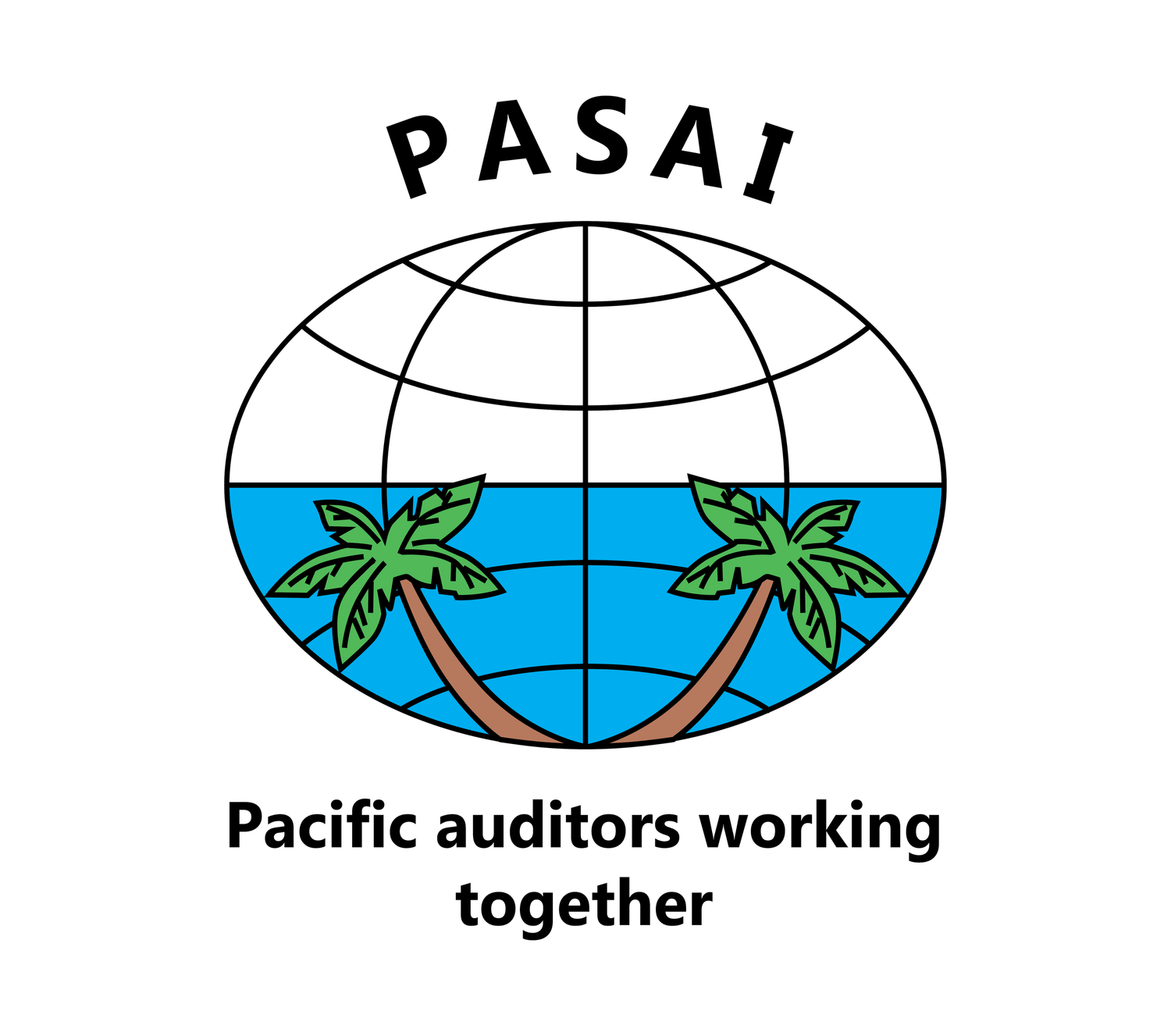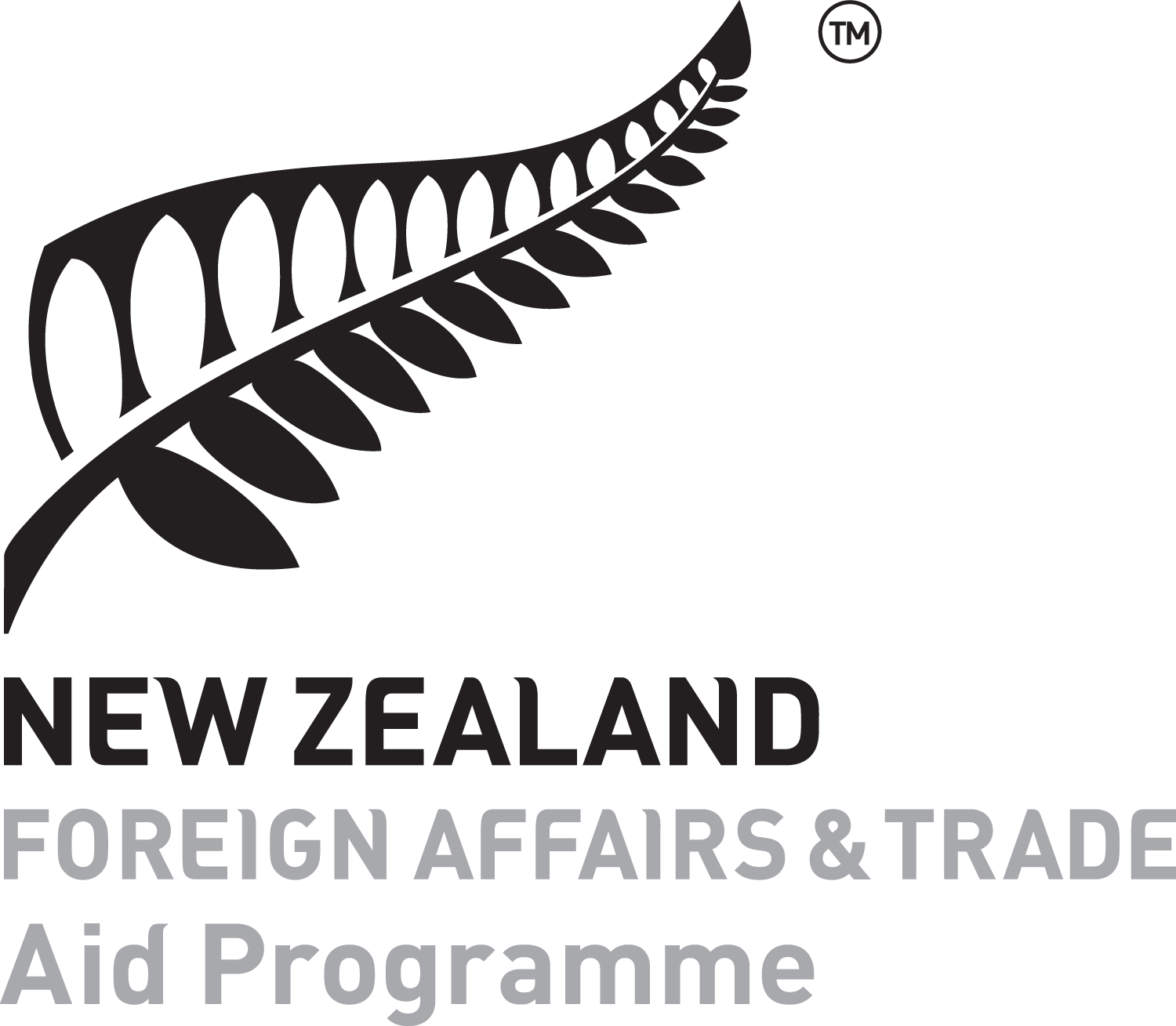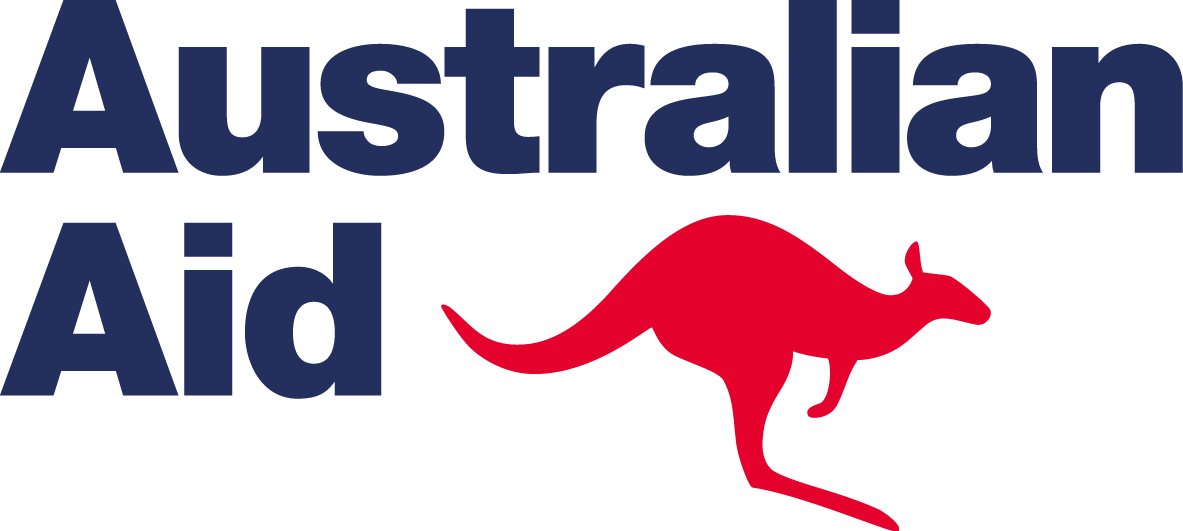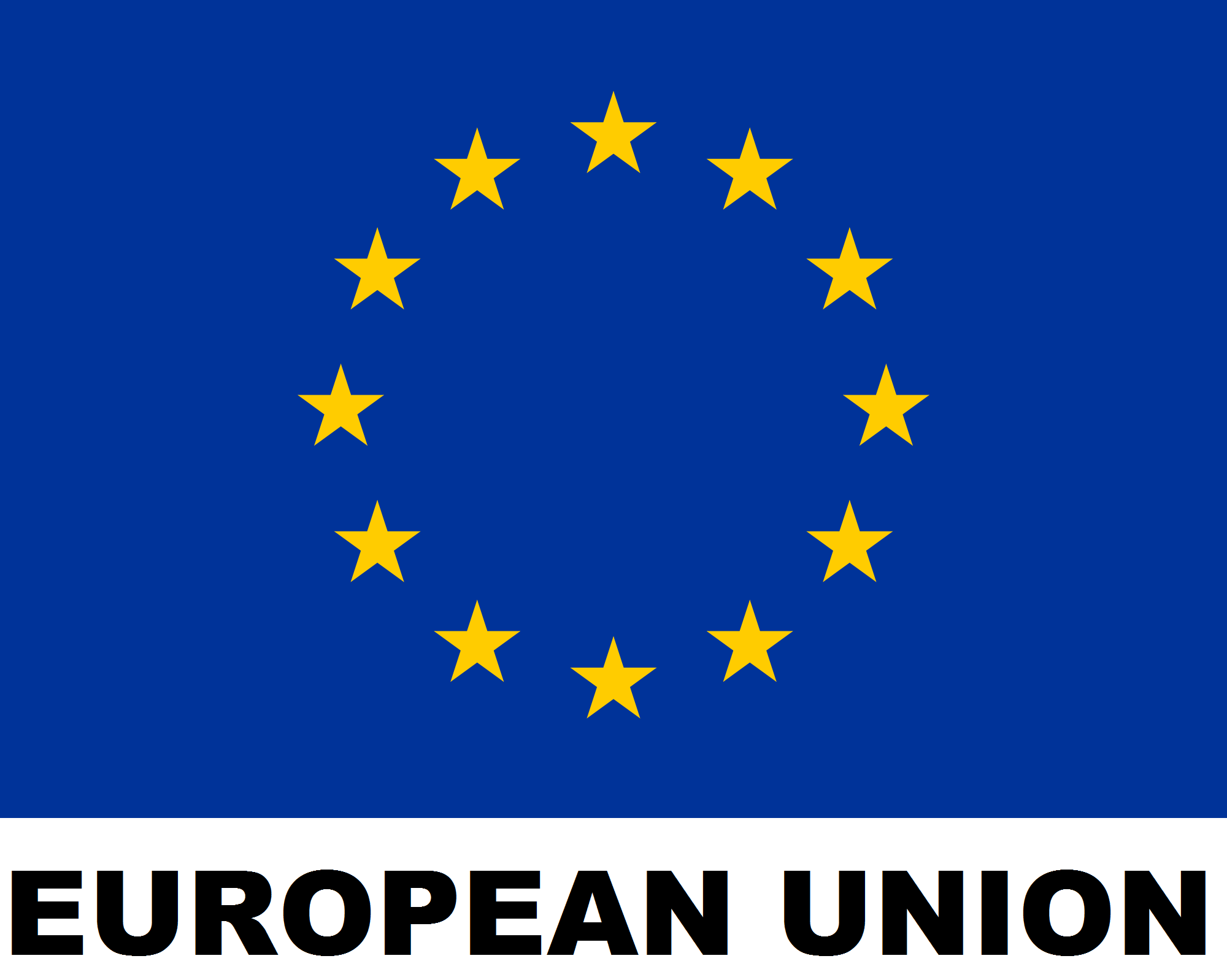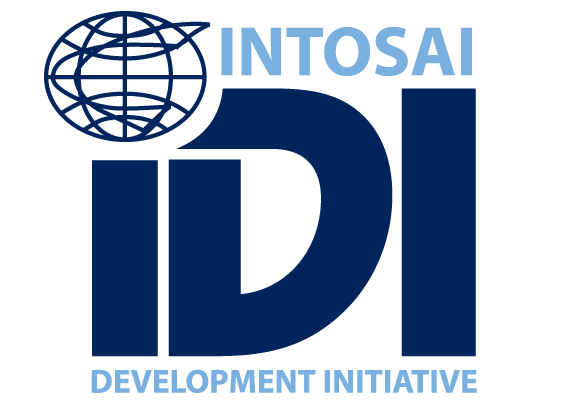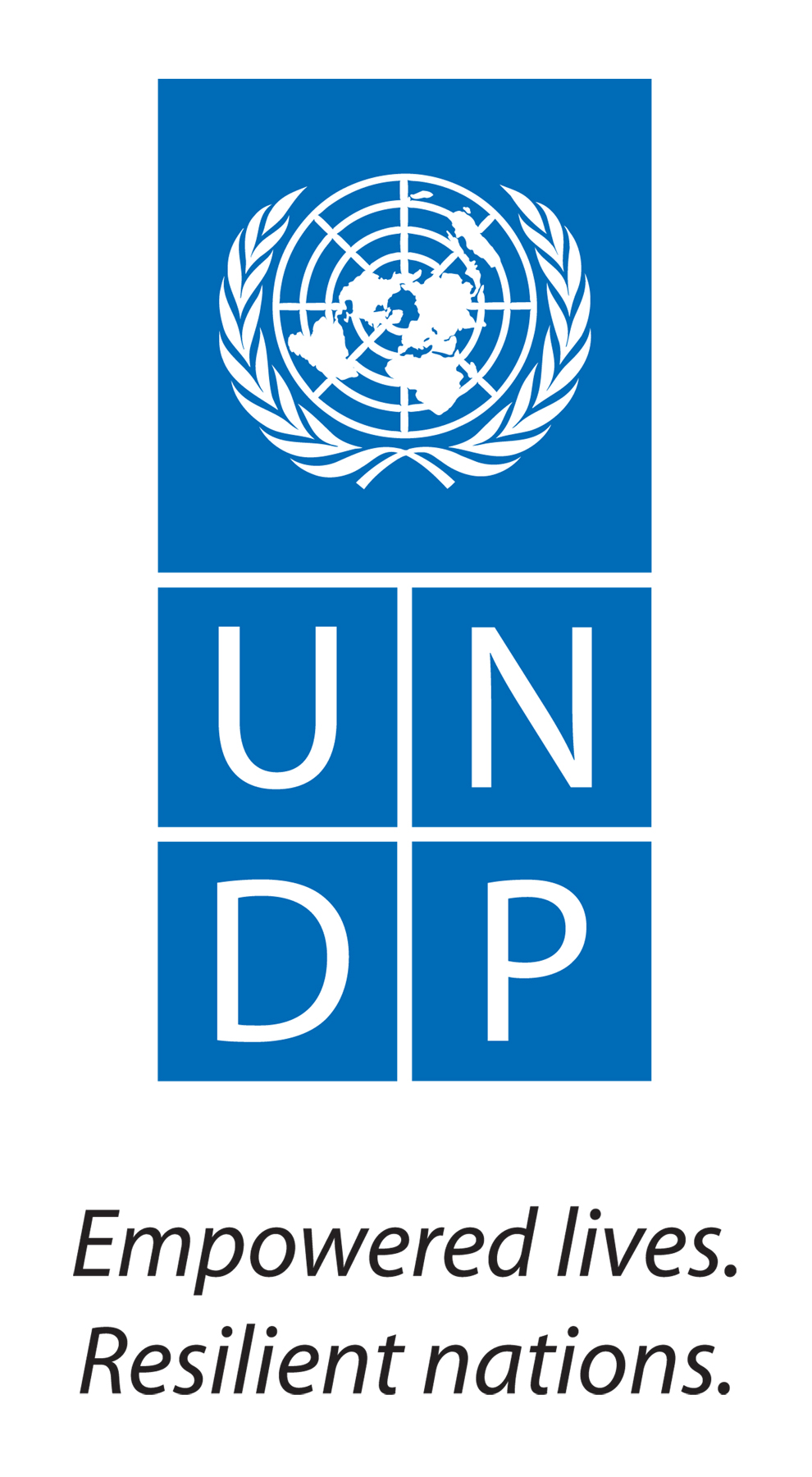By Annie Subactagin-Matto, Director – Monitoring, Evaluation and Reporting, PASAI
The role of language and its impact on organisational culture and stakeholder engagement
Language and communication enable us to connect with and engage others. Both can be powerful drivers of inclusion, and represent an organisation’s values, vision and mission. This is true for internal and external communication. However for communication to be effective, it needs to resonate with the intended audience.
We can use language inside the workplace to make everyone feel respected and valued. This includes conversations during meetings and formal communications cascaded from senior management to the wider organisation, as well as informal day-to-day conversations in the kitchen or cafeteria.
Language and messaging used for an external audience demonstrates what an organisation stands for, and the value that it adds to its diverse range of stakeholders including local and regional communities. We can use external communication to connect with stakeholders by building rapport and creating trust and confidence in an organisation. This is best achieved using effective messaging made with inclusive language. We can also use inclusive imagery to amplify the impact of the messaging.
Equity, diversity and inclusion
“The term equity refers to fairness and justice and is distinguished from the concept of equality. Whereas equality means providing the same to all, equity means recognizing that we do not all start from the same place and must acknowledge and make adjustments to imbalances. This requires us to identify and overcome intentional and unintentional barriers rising from bias and systemic structures.” [1]
Your organisation is likely to have people from different backgrounds, skillsets and with different personalities. As a result, your organisation and the business units and teams within it are diverse in their experiences and expectations by default. The challenge is to create an organisational culture that values diversity and fosters the inclusion of everyone in your diverse workforce, so that they feel valued, accepted and engaged. This is especially important as inclusion has been linked to increased employee engagement, wellbeing, productivity and retention. [2–6]
What is inclusive language and why is it important?
Inclusive language includes phrases and expressions that are respectful and free from bias, assumptions and stereotypes. It acknowledges diversity and promotes the acceptance and value of all people. It aims to foster a sense of inclusion, by including and empowering the audience. It also challenges conscious and unconscious biases, and can be used to shift our beliefs, attitudes and actions. [7]
How can we use inclusive language in the workplace?
You can use inclusive language in the workplace by:
using words that show others respect and dignity. Avoid words that describe disabled people as sufferers, victims or the afflicted. [8] For example, use the words, “uses a wheelchair,” instead of, “confined to a wheelchair,” and, “was born with a disability,” instead of, “has a birth defect.”
using genderless terms. For example, use “chairperson” instead of “chairman” and “police officer” instead of “policeman.”
using universal phrases that are relevant to the cultural context of your communication. For example, if someone were not likely to understand a baseball reference, replace, “Team, let’s work together and hit it out of the park!” with, “Team, let’s work together to achieve something extraordinary/incredible!”
avoiding language that implies judgement and strengthens stereotypes. An example is reframing the phrase, “Older drivers are dangerous,” to instead say, “As we get older sight loss is more common and as a result driving may become more difficult.” [9]
Other skills related to inclusive communication
We may choose to work on other skills that strengthen our ability to use inclusive language. These include improving our emotional intelligence, empathy and self-awareness. Active listening is an important element of effective interpersonal communication and helps us respond appropriately to both verbal and non-verbal cues. This can be supported by adopting a growth mindset where we make a commitment to continuous learning, development and self-improvement.
Diversity and inclusion at PASAI
PASAI is an equal opportunity employer. We are committed to providing an inclusive working environment that values diversity and where all employees have equal access.
We have mainstreamed gender equality and inclusion by teaching inclusive language in our Communications and Stakeholder Programme. We developed an ‘Inclusive language’ fact sheet, discuss it in all our communications workshops and make it available on our Learning Platform. As language is fluid and reflects societal and cultural norms, we regularly update this resource to ensure it meets the cultural and contextual requirements of our region.
Our self-paced Interpersonal Communications course contains modules on inclusive language and active listening, and will be launched on our Learning Platform in the coming months.
References
[1] National Association of Colleges and Employers. https://www.naceweb.org/about-us/equity-definition/
[2] INTOSAI Capability Building Committee. (2022). Human Resource Management: A guide for SAIs.
[3] Forbes. (2021). 15 Key benefits of Diversity, Equity and Inclusion to communicate with team members https://www.forbes.com/sites/forbeshumanresourcescouncil/2021/05/19/15-key-benefits-of-dei-to-communicate-with-team-members/?sh=20e038ae195c
[4] Edmondson, A. (1999). Psychological safety and learning behaviour in work teams. Administrative Science Quarterly, Vol. 44, No. 2, p. 350-383
[5] McKinsey and Company. (2020). Diversity wins: How inclusion matters. https://www.mckinsey.com/featured-insights/diversity-and-inclusion/diversity-wins-how-inclusion-matters
[6] Fletcher, B. (2016). Diversity and Inclusiveness is good for your well-being. Psychology Today. https://www.psychologytoday.com/nz/blog/do-something-different/201609/diversity-and-inclusiveness-is-good-your-well-being
[7] Fast Company. (2022). How to get better using inclusive language in the workplace. https://www.fastcompany.com/90753901/how-to-get-better-at-using-inclusive-language-in-the-workplace
[8] Ministry of Social Development [2019] Disability language – words matter. https://msd.govt.nz/about-msd-and-our-work/work-programmes/accessibility/quick-reference-guides/disability-language-words-matter.html
[9] Leyla, O. (2020). Seven ways inclusive language creates belonging at work. https://diverseminds.co.uk/7-ways-inclusive-language-creates-belonging-at-work/

